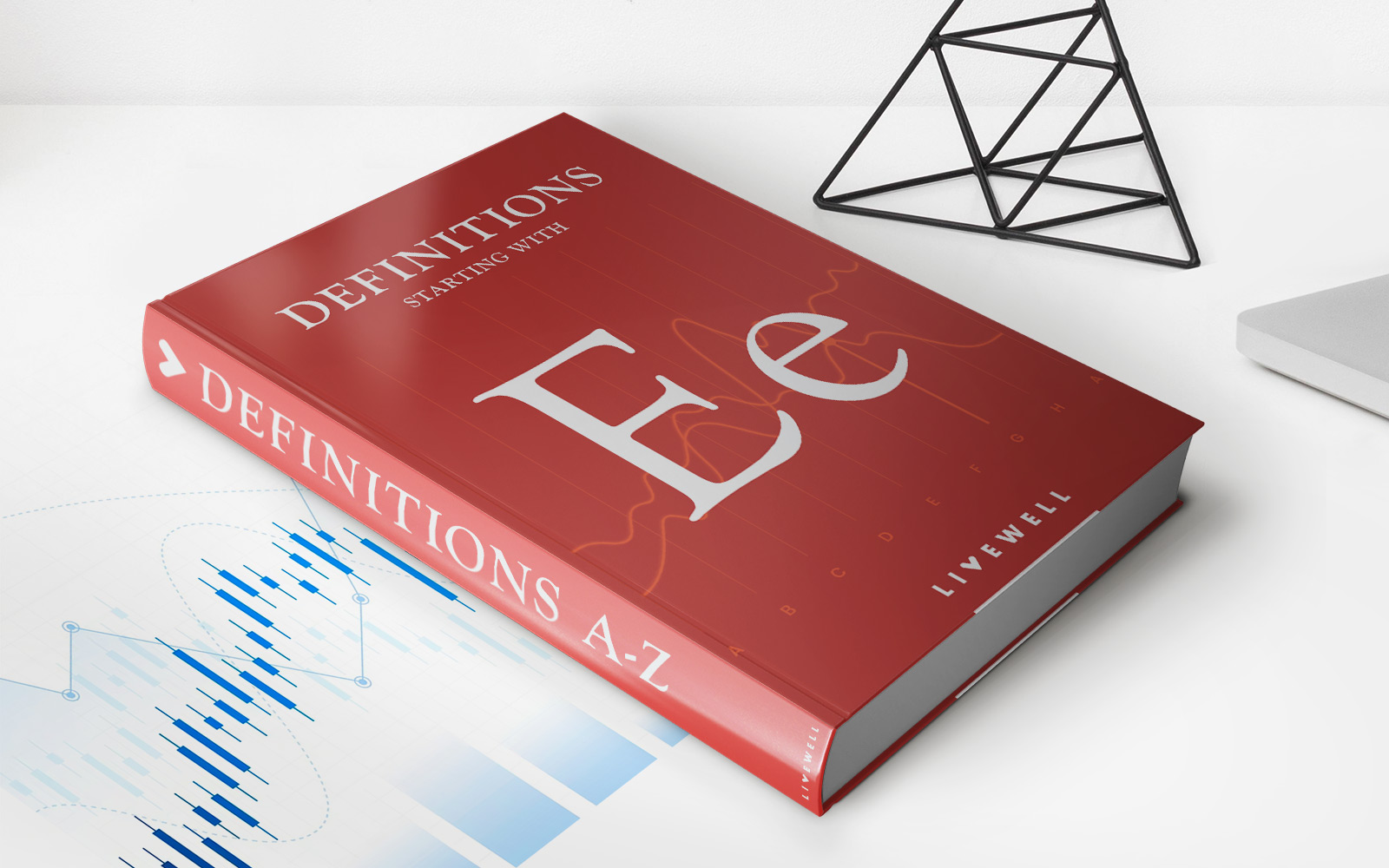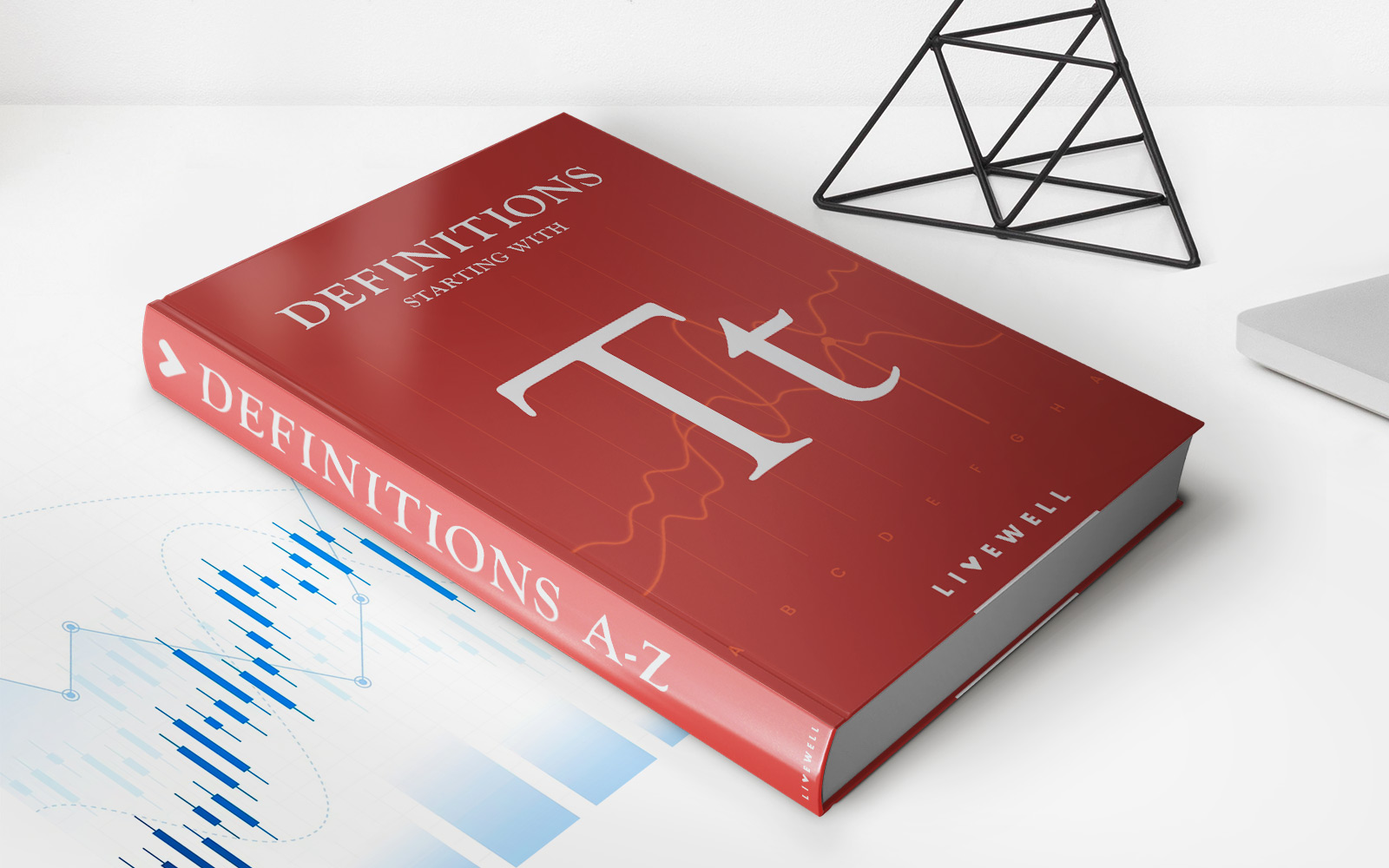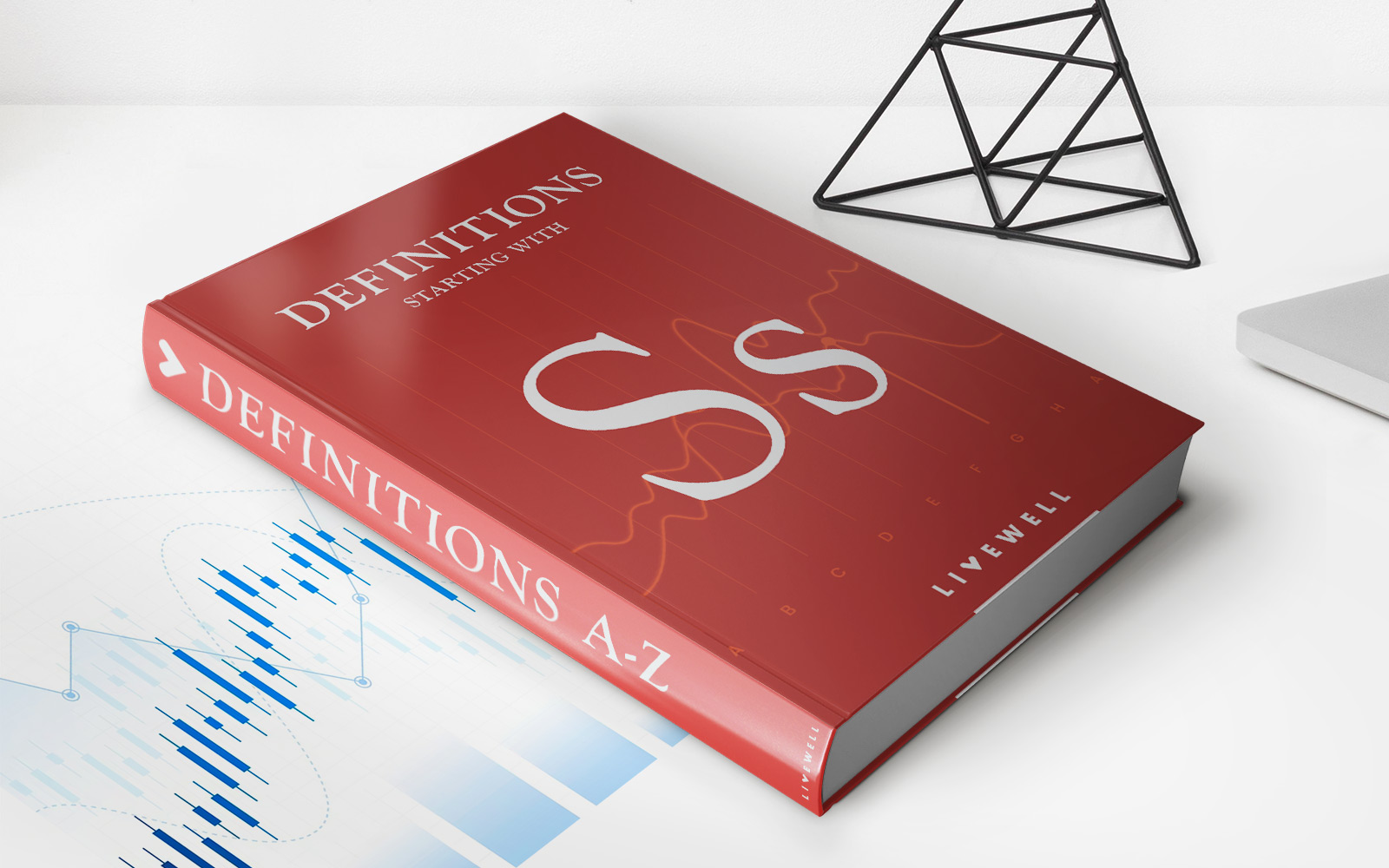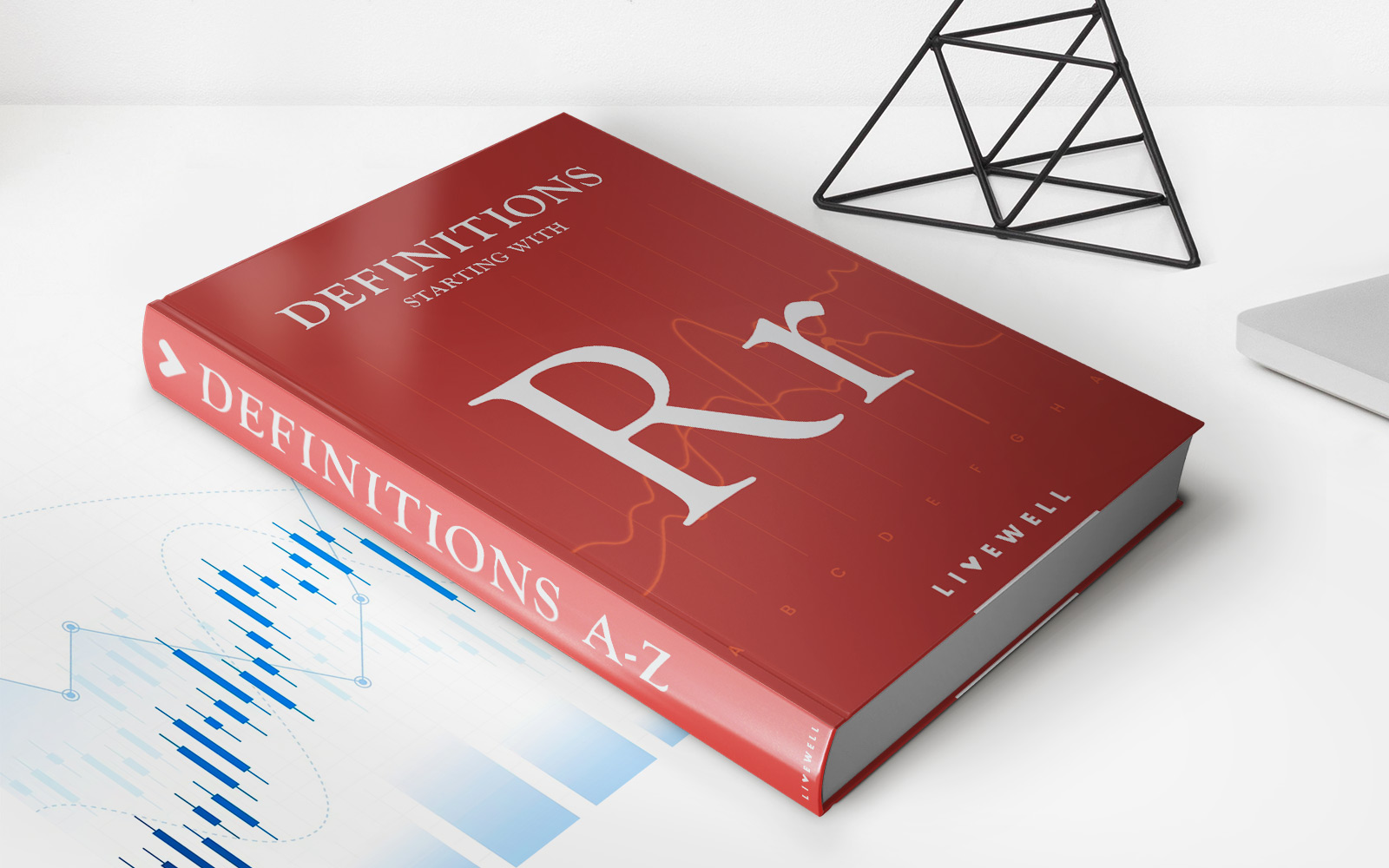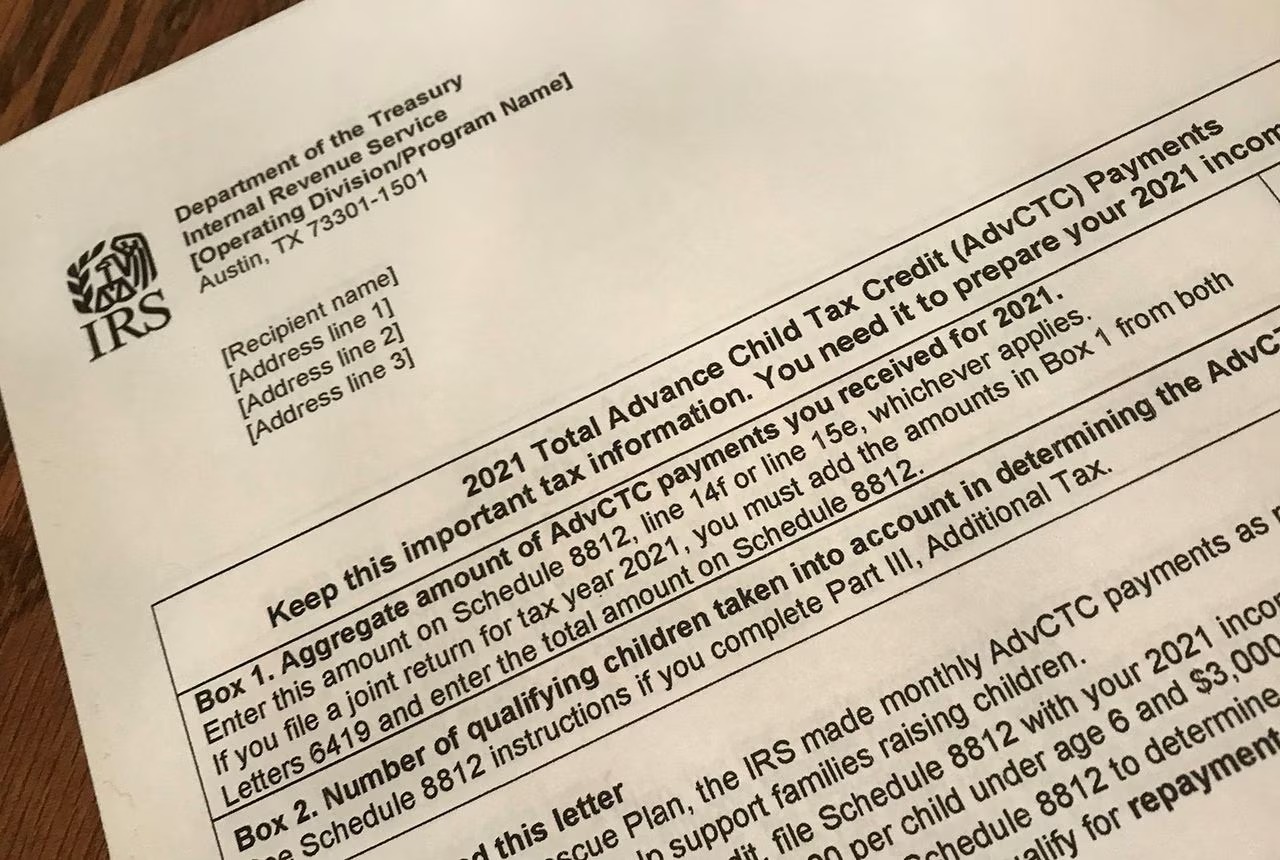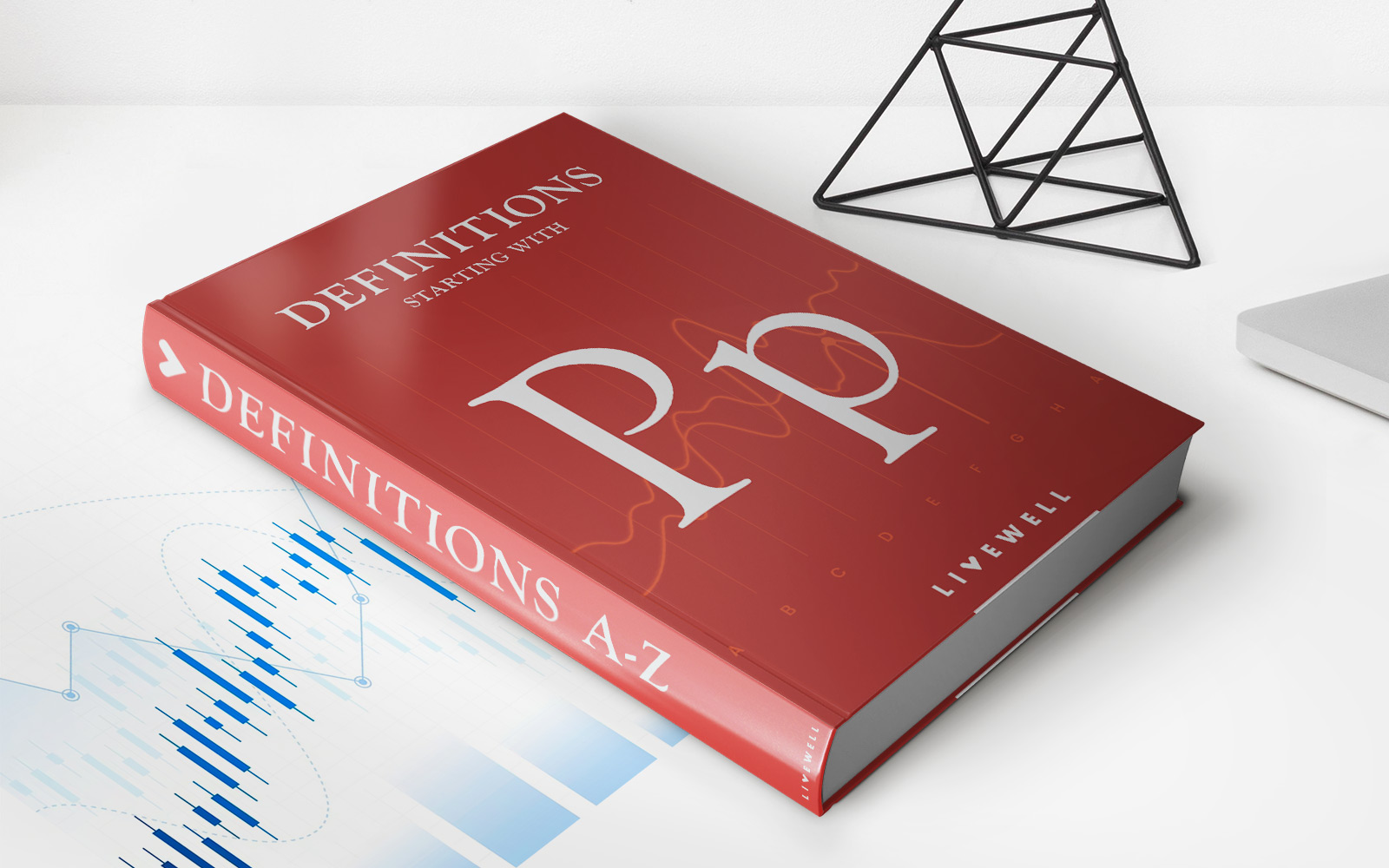Home>Finance>Loss Carryforward: Definition, Example, And Tax Rules


Finance
Loss Carryforward: Definition, Example, And Tax Rules
Published: December 20, 2023
Learn about loss carryforward in finance, including its definition, example, and tax rules. Maximize tax savings with this valuable financial strategy.
(Many of the links in this article redirect to a specific reviewed product. Your purchase of these products through affiliate links helps to generate commission for LiveWell, at no extra cost. Learn more)
Unlocking the Power of Loss Carryforward: Maximizing Your Tax Savings
Welcome to our Finance category, where we dive into the world of personal and business finances. Today, we’ll be discussing a powerful tax strategy known as Loss Carryforward. If you’ve ever wondered how to offset future tax liability by utilizing past losses, you’re in the right place. In this blog post, we’ll provide a comprehensive definition of Loss Carryforward, share an example to illustrate its application, and highlight the essential tax rules you need to know.
Key Takeaways:
- Loss Carryforward allows individuals and businesses to utilize their net operating losses from previous years to offset future taxable income.
- This strategy can significantly reduce your tax liability and save you money in the long run.
What is Loss Carryforward? An Overview
Loss Carryforward, also known as a tax loss carryforward or a net operating loss carryforward, is a tax provision that allows individuals and businesses to carry forward their net operating losses from previous years to offset taxable income in future years. When a taxpayer incurs more deductions and expenses than their taxable income in a particular year, it results in a net operating loss.
Instead of letting these losses go to waste, the IRS allows taxpayers to carry forward these losses into subsequent years to reduce their tax liability. This powerful tax strategy can help individuals and businesses recover from financial setbacks and even out their overall tax payments over several years.
Loss Carryforward Example: How It Works
Let’s take a look at a hypothetical example to better understand how Loss Carryforward works. Imagine that you are a self-employed graphic designer, and in the first year of your business, you experienced a net operating loss of $20,000. Due to various business expenses, you were unable to generate enough income to offset these costs.
Fortunately, Loss Carryforward allows you to carry forward this $20,000 loss into the following year. In the second year, your business starts picking up, and you generate a taxable income of $30,000. However, instead of paying taxes on the full amount, you can use your Loss Carryforward from the previous year to offset this income.
By subtracting the $20,000 loss from the $30,000 taxable income, your taxable income for the second year is reduced to $10,000. This means that you will only pay taxes on that $10,000, resulting in significant tax savings.
Important Tax Rules for Loss Carryforward
While Loss Carryforward can be an effective tax strategy, it’s important to understand the specific rules and limitations surrounding its application. Here are a few key points to keep in mind:
- Carryforward Period: Typically, net operating losses can be carried forward for up to 20 years. However, the specific duration may vary depending on the tax jurisdiction and the type of loss incurred.
- Offset Limitations: In most cases, losses can only be applied to offset up to a certain percentage of taxable income in any given year. This percentage can differ based on the tax jurisdiction as well.
- Carryback Provision: In addition to carrying forward losses, some jurisdictions allow taxpayers to carry losses backwards, meaning they can offset past taxable income instead of future income. This can provide immediate tax relief.
It’s crucial to consult with a tax professional or CPA to ensure you fully understand the tax rules and regulations related to Loss Carryforward in your specific situation.
Conclusion
Loss Carryforward is a powerful tax strategy that enables individuals and businesses to offset current and future taxable income with net operating losses from previous years. By making use of this provision, you can minimize your tax liability, maximize your savings, and ensure a more balanced tax payment over time.
Remember, always consult with a tax professional or CPA when implementing any tax strategy to ensure compliance with the latest rules and regulations. Now that you have a better understanding of Loss Carryforward, seize the opportunity to optimize your tax savings and secure a brighter financial future.


